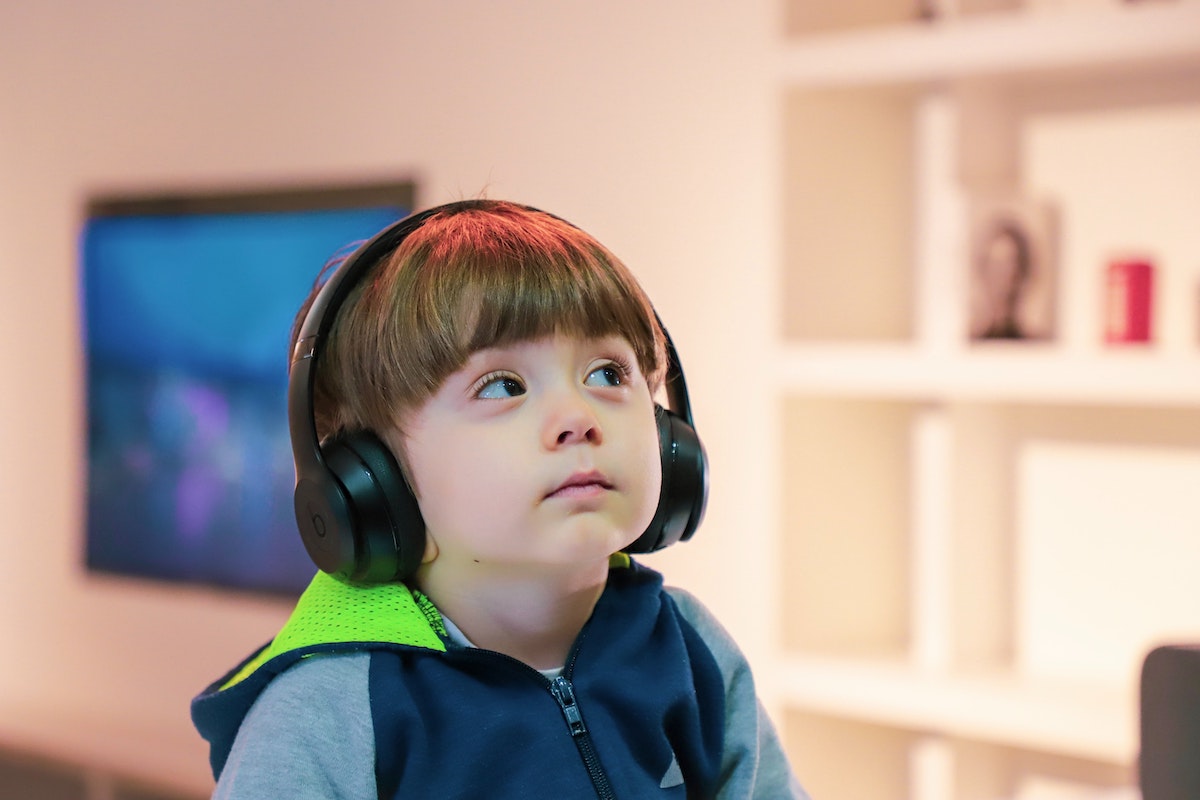1 in 68 children are diagnosed with autism spectrum disorder (ASD), making it more common than childhood cancer, juvenile diabetes and pediatric AIDS combined. If you have a child who has been recently diagnosed with ASD, or if you are a caregiver for someone who is on the autism spectrum, then this blog post is for you! In this post, we will discuss everything from carnations for autism to 10 fun activities that children on the spectrum will enjoy. We hope that this information will help you to better understand ASD and provide you with some tools to help your loved one thrive!
Everything you need to know about autism
Autism is a developmental disorder that affects communication, social interaction, and behavior. It typically appears in early childhood, and can cause significant challenges throughout life. The exact cause of autism is unknown, but it is thought to be caused by a combination of genetic and environmental factors. There is no single known cure for autism, but early intervention and specialized therapies can help improve symptoms and quality of life. Autism spectrum disorders (ASD) are characterized by difficulties with social interaction, communication, and repetitive behaviors. Symptoms can range from mild to severe, and vary widely from person to person. Although there is no known cure for ASD, early intervention and specialized therapies can help improve symptoms and quality of life. If you suspect that your child may have ASD, it is important to seek out a professional evaluation as soon as possible. Early intervention is key to maximizing the potential benefits of treatment.
Carnations for Autism: expression through art
Autism spectrum disorder (ASD) is a complex developmental disability that affects a person’s ability to communicate and interact with others. It is characterized by repetitive behaviors, difficulties with social interaction and communication, and restricted interests. ASD occurs in all ethnic and socioeconomic groups and is four times more likely to occur in boys than girls.
There is no one cause of ASD, but it is believed to be caused by a combination of genetic and environmental factors. Early intervention is critical for children with ASD. The earlier the diagnosis, the sooner children can begin to receive the treatment and services they need to improve their symptoms and reach their full potential.
Carnations for Autism: expression through art
Carnations for Autism is an art project that was created to help children with ASD express themselves through art. The project provides children with ASD with carnations, which they can then use to create artwork. The artwork is then displayed at a public exhibition, where it can be enjoyed by everyone.
The project was started by two mothers of children with ASD, who were looking for a way to help their children express themselves. The project has been a success and has helped many children with ASD to create beautiful pieces of art.
If you would like to learn more about Carnations for Autism, or if you would like to donate to the project, please visit their website.
5 Fun facts about Carnations
Carnations are a popular flower for both decorative and practical purposes. Here are five fun facts about Carnations:
Carnations are dangerous for cats. If a cat ingests Carnation, it can cause vomiting, diarrhea, and even renal failure.
Carnations are the national flower of Italy.
Carnations are the birth flower for January.
Carnations can be used to make a homemade dye.
Carnations have a long history of use in religious ceremonies.
10 Autism-Friendly Activities to Keep Your Child Busy
There are many activities that children with ASD can enjoy. Some children may prefer solitary activities, while others may enjoy social activities. Here are ten ideas for activities that children with ASD will enjoy:
Listening to music
Playing with pets
Watching movies
Going for walks
Visiting the zoo or aquarium
Attending a sporting event
Going to the park
Playing video games
Doing puzzles
Building with blocks or Legos
Each child is unique and will enjoy different activities. It is important to find an activity that your child enjoys and that they can succeed at. With patience and experimentation, you will be able to find activities that your child enjoys and that help them to grow and learn.
We hope that this blog post has been helpful to you. If you have any questions, please feel free to contact us. We are here to help!
